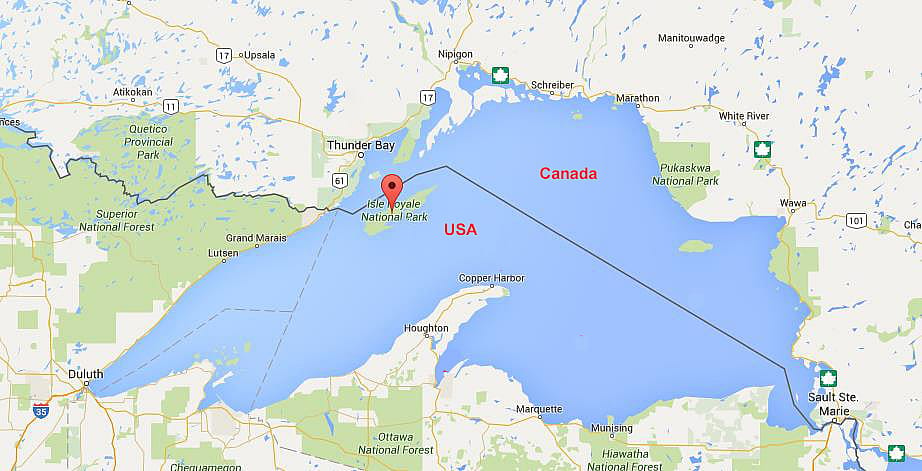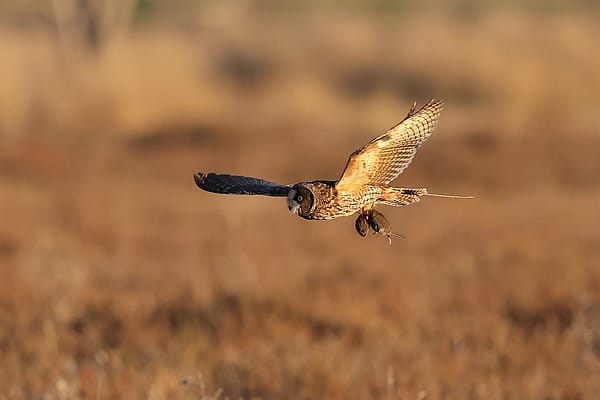
Ravens and Wolves – Friends or Enemies
Can Ravens and Wolves be friends? Ravens are one of the smartest birds there are. They dine on many types of foods including small animals, eggs, insects, fish, grains, berries, and carrion. In Yellowstone National Park, I’ve seen them stealing food from unattended picnic tables and sorting through a parked motorcycle bag that they had opened themselves.


The Symbiotic Relationship between Ravens and Wolves
Like some other species in nature, ravens and wolves can develop a symbiotic relationship, where species sometimes form unexpectedly close bonds to work for mutual benefit.
Types of Symbiotic Relationships
- Mutualism: Both species benefit from their interactions with each other. This is the type of relationship observed between ravens and wolves.
- Commensalism: One species benefits while the other one is not helped or harmed.
- Parasitism: One species benefits and the other one is harmed.
- Competition: Species compete for the same limited resources in the ecosystem.
Are Ravens and Wolves Friends?
Scientists know, however, that they also have a relationship with wolves. In some ways they are friends, though not the cuddle-up-together type. In this blog, I will discuss how ravens and wolves help each other.
Do Ravens Influence the Size of Wolf Packs?
Yes, ravens influence the size of wolf packs! There is an understanding that wolves would have more food available from a kill if they hunted in pairs, yet wolves choose to live and hunt in groups of four or more. This is one of the topics that scientists are curious about.
Biologists John Vucetich and Rolf Peterson of Michigan Technological University have spent years studying the lives of wolves and moose in Isle Royale National Park, a remote park located in Lake Superior.
Scavenging: Why Ravens Follow Wolves
Ravens know wolves are predators, and follow wolves to partake in their kill for food. Vucetich and Peterson report that resident wolves are almost always followed by ravens for their kill. They describe the grouping in Isle Royal as generally containing between 5 and 20 ravens at a wolf kill. Eating and caching about two pounds a day, a raven can potentially consume or carry off a third of what the pack killed.
Vucetich estimates that if only two wolves were hunting together ravens could potentially steal more than half of a moose kill.

However, wolves are fast eaters, and a pack of four would eat faster then the ravens, thus consuming more of the kill. This then reduces the percentage taken by ravens.
And although wolves can be dangerous to birds that steal their carrion, ravens are generally too fast to be caught. Subsequently, Vucetich believes wolves hunt in larger packs because that strategy earns them more meat.
For additional information pertaining to this subject follow this link to “Ravens Give Wolves a Reason to Live in Packs.”
How Do Ravens and Wolves Benefit Each Other?
Ravens and wolves have a symbiotic relationship where each benefits from the other in some capacity. Yellowstone National Park biologists have closely studied gray wolves since their reintroduced to Yellowstone in 1995. They have found that ravens benefit the most from the return of the predator.
Wolves can be food providers for ravens through their kills. On the other hand, ravens can help wolves find unknown carrion.

Ravens Alert Wolves to Carrion
Ravens are very social birds and upon finding a dead animal they tend to make a lot of noise. This racket alerts animals such as wolves that a food source is nearby. It has even been suggested that at times ravens may actually lead wolves to carrion.
Wolves Make Carrion Edible for Ravens
Large carrion have hides too thick for ravens to deal with. Consequently, it is the wolves with their strong teeth that can more easily tear through the thick hide of a dead animal. This then opens the body up for other scavengers, therefore providing food for the ravens.

Security: Ravens Alert Wolves to Danger by Spreading an Alarm
Equally important, Bernd Heinrich, author of Mind of the Raven: Investigations and Adventures with Wolf-Birds, records that ravens repay their wolf benefactors while at a kill site. Ravens are more suspicious and alert than wolves. Therefore, they serve the wolves as extra eyes and ears, warning them of unwanted visitors approaching the site.
The symbiotic relationship (a relationship or interaction between two dissimilar organisms) of an “alerter” and an “opener” is not the only way in which these two animals relate to each other.


Do Ravens Play with Wolves For Fun?
Yes, Ravens have been reported to play and interact with Wolves. Ravens have been observed interacting with pups and young wolves in play behavior – grabbing sticks, then teasing the wolf youngsters into jumping up to grab the sticks. At this point, a tug-of-war game will begin.
Ravens also seem to enjoy teasing wolves by pulling or pecking their tails just to get a reaction from them, including a resulting chase.
Do ravens “domesticate” or adopt wolves?
In fact, some scientists have a theory that occasionally ravens actually developed a special bond with individual wolves.

Ravens and Wolves: Both Friends and Enemies
Although these two animals can be competitors, and even enemies, they also bring positive benefits with their relationship.
In the future it is conceivable that we will learn more about this fascinating relationship as research in locations such as Isle Royal and Yellowstone National Park continue to study the life of ravens, including their relationship to wolves.

An Added Side Issue About Wolves, But One of Importance
Unfortunately, wolves are in trouble in Isle Royal. Global warming, which reduces the ice bridges between the islands and the mainland, have contributed to the decline in Isle Royal’s wolf population, which is in danger of extinction.
If you are interested in the plight of wolves in Isle Royal, listen to MTU professor Dr. John Vucetich, Phyllis Green (who served as Isle Royale National Park’s Superintendent for 18 years), Dr. Jay Austin (whose research focuses on the long-term effects of climate change on large lakes), Kevin Proescholdt, Conservation Director at Wilderness Watch, and Dr. Dough Smith, Senior Wildlife Biologist and project leader for the Wolf Restoration Project in Yellowstone National Park, as they discuss this issue in the following 13:21 minute documentary: https://isleroyalewolves.com/
Photos
Photos of Wolves at Blacktail Pond, Yellowstone National Park Jim Peaco, Public Domain photo,https://www.flickr.com/photos/yellowstonenps/albums/72157647629129341
Raven in Yellowstone National Park by Larry Barnes, Attribution-NonCommercial 2.0 Generic license, https://www.flickr.com/photos/larrybarnes/
Isle Royal National Park Hidden Lake Trail, by author Anne Hay, Attribution-NonCommercial-NoDerivs license, https://www.flickr.com/photos/157982666@N07/albums/72157687846196223/with/49777924783/
Junction Butte Pack, Yellowstone National Park, Dan Stahler, Public Domain photo, https://www.flickr.com/photos/yellowstonenps/albums/72157647629129341
Raven Calling Along the Firehole River in Yellowstone National Park by Jacob W. Frank, Public Domain Photo, https://www.flickr.com/photos/yellowstonenps/42290283854/in/album-72157647236608048/
Lone Wolf with Raven at Frozen Blacktail Pond in Yellowstone National Park, by Josh Spice, Public Domain, https://www.flickr.com/photos/yellowstonenps/49705996996/in/album-72157647629129341/
Two Gray wolves photo posted by Caninest, Attribution 2.0 Generic License, Flickr https://www.flickr.com/photos/caninest/
Written By
Anne Hay
Anne Hay has a Bachelor's degree in Elementary Education and a Master's in Computers in Education. She spent most of her working years teaching third grade at Livingston School in Cody, Wyoming. After retiring she began doing a variety of volunteer work for the Buffalo Bill Center of the West’s Draper Natural History Museum. Anne loves nature and has a concern for the environment. She believes that educating the public, so that they will have a better understanding and appreciation for the natural world, is very important. Because of this belief, volunteering at the Center is a perfect fit. She spends time in the Draper Lab, observing eagle nests for Dr. Charles Preston’s long-term research project on nesting golden eagles, writing observation reports of raptor sightings in the Bighorn Basin, and working with the Draper Museum Raptor Experience. Anne states that, “Having a bird on my glove, is one of my all time favorite things in life.”











